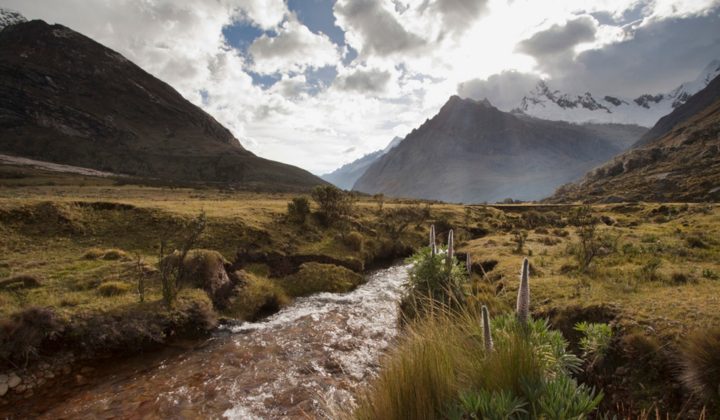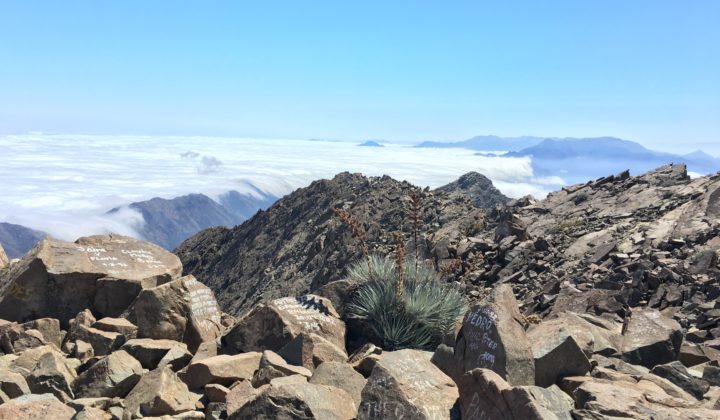Pfeiffer M, Hoffmann M, Scheiter S, Nelson W, Isselstein J, Ayisi K, Odhiambo J, Rötter R (2022) Modeling the effects of alternative crop-livestock management scenarios on important ecosystem services in smallholder farming from a landscape perspective. Biogeosciences, 19, 3935—3958. https://doi.org/10.5194/bg-19-3935-2022
Martens C, Hickler T, Davis-Reddy C, Engelbrecht F, Higgins SI, von Maltitz GP, Midgley GF, Pfeiffer M, Scheiter S (2021) Large uncertainties in future biome changes in Africa call for flexible climate adaptation strategies. Global Change Biology, 27, 340-358. https://doi.org/10.1111/gcb.15390
Scheiter S, Kumar D, Corlett RT, Gaillard C, Langan L, Lapuz RS, Martens C, Pfeiffer M, Tomlinson KW (2020) Climate change promotes transitions to tall evergreen vegetation in tropical Asia. Global Change Biology, 26, 5106-5124. https://doi.org/10.1111/gcb.15217
Kumar D, Pfeiffer M, Gaillard C, Langan L, Martens C, Scheiter S. 2020. Misinterpretation of Asian savannas as degraded forest can mislead management and conservation policy under climate change. Biological Conservation 241: 108293 https://doi.org/10.1016/j.biocon.2019.108293
Scheiter S, Schulte J, Pfeiffer M, Martens C, Erasmus BFN, Twine WC. 2019. How does climate change influence the economic value of ecosystem services in savanna rangelands?. Ecological Economics 157: 342-356 https://doi.org/10.1016/j.ecolecon.2018.11.015
Pfeiffer M, Langan L, Linstädter A, Martens C, Gaillard C, Ruppert J, Higgins SI, Mudongo E, Scheiter S. 2019. Grazing and aridity reduce perennial grass abundance in semi-arid rangelands – insights from a trait-based dynamic vegetation model. Ecological Modelling 395: 11-22 https://doi.org/10.1016/j.ecolmodel.2018.12.013
Gaillard C, Langan L, Pfeiffer M, Kumar D, Martens C, Higgins SI, Scheiter S. (2018. African shrub distribution emerges via height – sapwood conductivity trade-off. Journal of Biogeography 45: 2815-2826 https://doi.org/10.1111/jbi.13447
Langan L, Higgins SI, Scheiter S. 2017. Climate-biomes, pedo-biomes or pyro-biomes: which world view explains the tropical forest – savanna boundary in South America? Journal of Biogeography 44: 2319-2330 https://doi.org/10.1111/jbi.13018
Scheiter S, Higgins SI, Beringer J, Hutley LB. 2015. Climate change and long-term fire management impacts on Australian savannas. New Phytologist 205: 1211-1226 https://doi.org/10.1111/nph.13130
Scheiter S, Langan, L, Higgins SI. 2013. Next generation dynamic global vegetation models: learning from community ecology. New Phytologist 198: 957-969 https://doi.org/10.1111/nph.12210
Higgins SI, Scheiter S. 2012. Atmospheric CO2 forces abrupt vegetation shifts locally, but not globally. Nature 488: 209-212 https://doi.org/10.1038/nature11238



